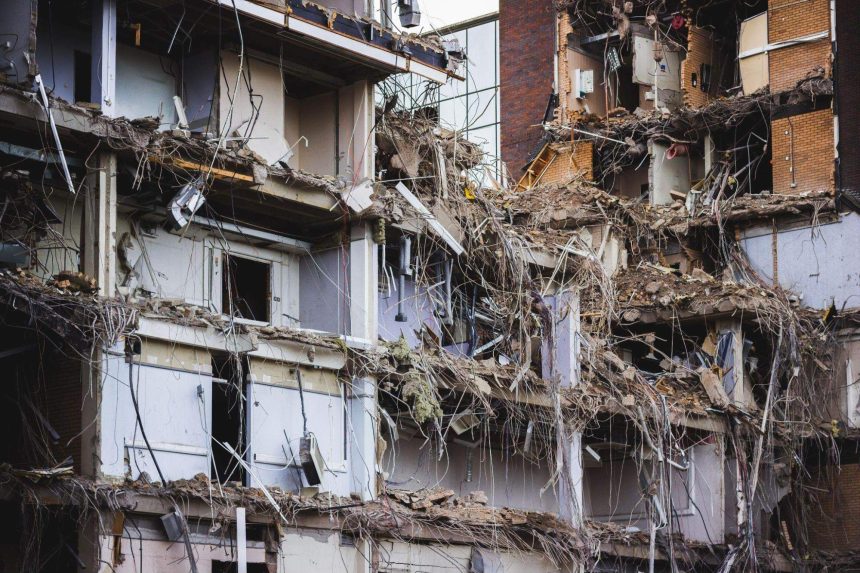When it comes to a remodel, or demolition, you need to understand the testing and demolition process that follows after it has been confirmed that asbestos exists there. Before a company will enter the property with the intent to remove asbestos, they must test all aspects of the materials they are removing, and they must calculate precisely how the asbestos will be removed and disposed of. Here we will talk about the legal and health ramifications of not following the guidelines.
How To Dispose of Asbestos Containing Materials Safely and Legally
This is the million dollar question, and there isn’t really an answer for this. Asbestos is hazardous, so there isn’t a “good” way to dispose of it. You need to call your local city contact to understand how the city would like you to legally dispose of the product before you decide on how you will dispose of it.
Legal and Health Information about Asbestos Demolition and Disposal in Queensland
Queensland has specific regulations and rules surrounding the removal and disposal of all asbestos materials. Any demolition company that wants to be approved to work with asbestos removal is required to become fully trained and certified before they are able to obtain a license to proceed with asbestos demolition. There are businesses that specialize in asbestos removal in Brisbane, QLD, and they abide by the local laws in Queensland because of the dangers of asbestos removal.
Licensing and Inspections
There are two types of licenses that are issued for demolition companies that are allowed to complete work requiring the removal of asbestos. They are subject to monitoring and strict regulation and required to keep their license up to date, to maintain air monitoring, and provide clearance inspections and certificates when the space is clear of all asbestos materials.
Obtaining a License To Remove Asbestos
To obtain a license, they are required to undergo extensive training in all safety aspects of the process, from safety equipment and site preparation to removal and disposal, and how to complete the inspections that are required. Each person who is present on-site or working on the project will be required to complete the training. Levels of training include construction working, supervisors, and inspectors, ensuring that each role is trained entirely in their part of the task.
Inspections Are Required
Inspections are required at the beginning of the project to ensure that it is safe to begin work, and air monitoring is necessary throughout the entire process. By monitoring the air quality and what particles are in the air during the entire process, they can ensure that no one is at risk of breathing in dangerous particles, and no unsafe materials can escape the area.
Air Monitoring
Air monitoring is one of the needed safety precautions of the process of demolition of asbestos. There are items used to check the air quality on an ongoing basis, and they will notify of any changes that occur, as well as anything in the air that is unsafe or dangerous. With continual monitoring, there is a notification as soon as a change occurs, which can protect the health of all of those in the area. This is necessary when working with materials that create health risks, such as asbestos.
Soil and Other Concerns
When an entire building is to be demolished it is imperative that it be done with specific attention to the details. The building must be taken down in the safest way, and the soil that surrounds the building must be excavated to remove any soil that has traces of asbestos or other harmful materials. This soil will also be disposed of in accordance with local regulations. It is required that all soil in the area be tested for contamination before the site is cleared for use.
Asbestos Removal Control Plan
Before approval can be gained to start the process of demolition of a building with asbestos, there needs to be an asbestos removal control plan that shows how the project will be completed. This plan will cover step by step how it will be processed, the air monitoring, inspections, who will be responsible for the steps, and how it will be completed through to disposal.















